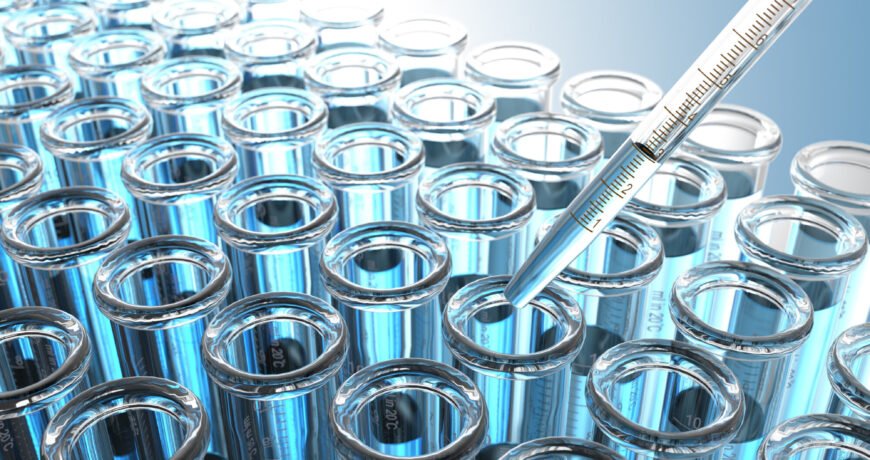[ad_1]

Are you interested in bottle glass? It’s an exciting topic to explore, and several factors determine the bottle glass type that a company would choose.
Learn more about the most common types of bottle glass. So you can make an informed decision the next time you buy a beverage!
Are you still trying to figure out where to start? We’ve got you covered! Let’s explore the fundamental differences in the most common bottle glass types.
1. Treated Soda-Lime Glass Bottles
Treated soda-lime glass bottles usually fall into three categories: temper-tough, temper-resistant, and temper-sensitive. Temper-tough soda-lime glass bottles are specifically designed to have the strength and durability. It can withstand most impacts.
Their composition results from unique chemical treatments. It is to increase the resistance of the glass.
Temper-resistant soda-lime glass bottles are resistant to food and beverages. Due to the application of special coatings or chemical treatments which make them more resistant to corrosion.
Finally, temper-sensitive bottles are made of weaker glass which can be susceptible to damage. But that’s why they’re used for special low-acid foods and beverages.
All three types of bottle glass have their unique purpose. And offer different levels of strength and resistance to wear, tear, and environmental conditions. That’s why it’s essential to evaluate the needs of a product before deciding on the correct type of bottle glass.
2. Soda-Lime Glass Bottles
Soda-lime glass bottles are the most common type of glass used in the beverage manufacturing industry. They contain sodium carbonate, calcium oxide, silicon dioxide, or soda lime.
These raw materials are heated and combined to form strong and durable glass bottles used for beer, soda, and wine. The high levels of silicon dioxide offer excellent clarity and strength. At the same time, sodium carbonate offers exceptional heat resilience.
Additionally, calcium oxide produces superior impact resistance. When these three components are combined, the price of manufacturing reduces. But the quality of the product increases.
Customers enjoy a sturdy, affordable, and resilient glass bottle design to keep their favorite beverages fresher for longer.
3. Borosilicate Glass Bottles
Borosilicate is known for its excellent thermal shock and corrosion resistance and is the preferred choice for Acme Vial and Glass. It’s composed of boron and silicate and works best in applications that require especially strong, clear, and heat-resistant bottles.
Borosilicate is a type of bottle glass composed of boron trioxide and silicon dioxide. And various metal oxides provide strength, durability, and resistance to heat. Borosilicate glass is often used for standard laboratory-grade flasks, vials, beakers, stoppers, and test tubes, as it can withstand temperatures as high as 600 degrees Celsius.
Borosilicate glass bottles are an excellent choice for laboratory and industrial purposes.
How Bottle Glass Types Differ
Each shape has advantages and is used to store and serve different types of beverages, depending on the purpose of the bottle. Consumers can decide which style best suits their needs.
Want to learn more? Check out our blog for further information on bottle glass types.
![]()
![]()
![]()
![]()
[ad_2]
Source link
